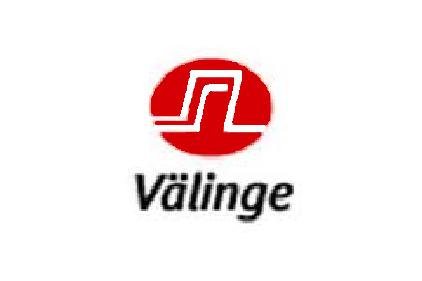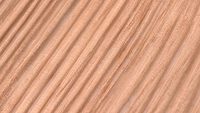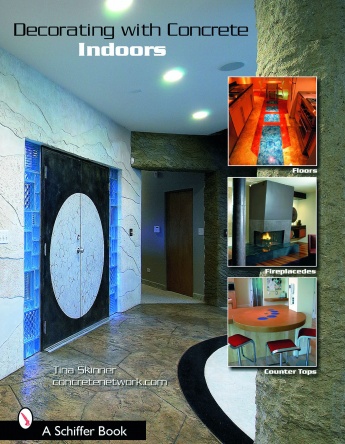Välinge Signs Exclusive Licensing Agreement with Exterpark

Välinge has signed an exclusive licensing agreement with Exterpark, the inventor of the Invisible Profile for outdoor decking.
The technology is widely appreciated within the decking industry and potential intellectual property conflicts can be avoided, as Välinge is now able to offer the technology to decking manufacturers.
In 1995, Exterpark invented the traditional clip system for decking, widely used in the whole decking industry ever since. Exterpark patented the Invisible Profile in 2005, creating a major improvement for decking look and installation. Products with Invisible Profiles became soon highly coveted, resulting in a growing number of infringements of the patented technology at Domotex 2013. Exterpark therefore took the step to join with a strong IP company and make the technology available to competitors, rather than trying to block the market by being the sole user of the invention. Välinge and Exterpark were pleased to announce their collaboration on outdoor decking systems at Domotex Hannover 2014.
The licensing launch at Domotex was a great success and several containers of decking products equipped with Invisible Profiles were sold during the fair by companies negotiating license agreements with Välinge, the sole and exclusive licensor of the technology. “We are not surprised by this good market response. We have offered the Invisible Profile as a complement to screw-down and traditional clip decking since 2005. Nowadays, this solution represents the absolute majority of our decking sales, providing at the same time good margins as customers recognize the added value of this technology”, says Mario Rodriguez, export manager, Exterpark.
The patent protects decking products with edge profiles that are formed such that the fixations underneath the decking panel are hidden while enabling water drainage and ventilation.
Each customer can now get its own specific edge geometry of Invisible Profile to reach particular aesthetic or technical requirements, and can still combine this with most of the existing fixation systems. The Invisible Profile features an elegant look as it hides the structure underneath and suppresses the risk of lost valuables underneath the deck. Safety is improved as high heels do not get stuck in the gaps between planks anymore. The smooth area, free from splinters from screw connections, encourages barefoot walk. Maintenance is reduced as dirt or other items do not get stuck between the boards.
“The patent fulfills a number of important requirements for licensing business. It contains a wide claim that cannot be circumvented, there is clearly a strong market pull resulting in increased margins for producers using the technology and the technology is easy to implement in the existing manufacturing process” explains Marcus Bergelin, director of business development at Välinge Innovation.
A number of companies started to use the Invisible Profile for decking while the patent application was not granted and while Exterpark was not willing to make the technology available to other producers. The patent is now granted in several countries and the technology is made available legally through license agreement with Välinge. The patent rights will actively be enforced by Exterpark and Välinge jointly. Producers, distributors, installers and customers dealing with unlicensed products face risk of paying damages and compensations for at least five years of historical use.
“We expect the use of the Invisible Profile to expand without any major infringements in the future. It is simply a wise business decision to take advantage of the licensed technology in the business sales process rather than facing worried customers asking for safety with bank guarantees while selling an illegal product”, says Niclas Håkansson, CEO, Välinge Innovation.
Looking for a reprint of this article?
From high-res PDFs to custom plaques, order your copy today!







